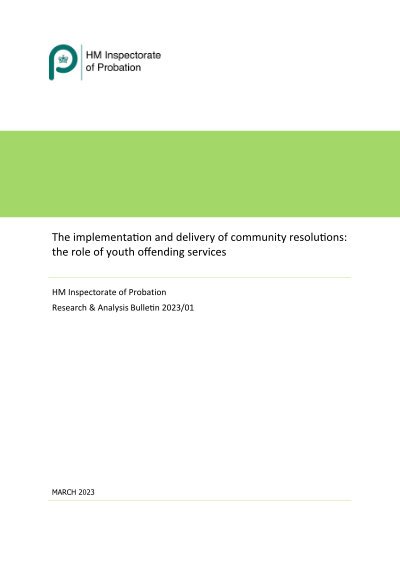By Louise Forde
The UN Convention on the Rights of the Child (UNCRC) establishes minimum standards for the treatment of children in a wide range of areas, including setting out rights to which children in conflict with the law are entitled. Ensuring that children’s rights are respected in the youth justice system has received significant attention at international level, by both the UN and the Council of Europe, and there are now a series of standards and guidelines setting out the rights to which children are entitled (Lynch and Liefaard, 2020). In addition to Articles 37 and 40 of the UNCRC, the following are in place: • the UN Committee on the Rights of the Child has produced two General Comments (General Comment No. 24 has recently replaced General Comment No. 10) on how children’s UNCRC rights should be interpreted and applied in practice • the Beijing Rules, the Havana Rules and the Riyadh Guidelines provide further guidance on the implementation of children’s rights in the administration of youth justice, in situations where children are deprived of their liberty, and in relation to the prevention of offending by children • the Council of Europe has developed standards and guidelines on child-friendly justice and on the implementation of sanctions and measures in the youth justice system • the European Convention on Human Rights incorporates a number of rights which are relevant to children in contact with the justice system. The United Kingdom has signed and ratified the UNCRC, and thus, under Article 4 of the UNCRC, it has a legal obligation to take ‘all appropriate legislative, administrative, and other measures’ to implement children’s rights under the Convention. While Convention rights are not directly applicable in national law unless they are incorporated (see further Kilkelly, Lundy and Byrne, 2021; Lundy, Kilkelly and Byrne, 2013), in signing and ratifying the UNCRC, States Parties undertake binding legal obligations under international law. Furthermore, states’ progress in implementing the UNCRC is subject to regular review by the UN Committee on the Rights of the Child. However, ensuring compliance with the international standards is often not the core focus for states in designing and developing their youth justice systems. A range of other concerns, such as the protection of victims and society, ensuring accountability for wrongdoing, the prevention of further offending, and sometimes, a recognition that there may be a need to address the underlying causes of offending through a focus on children’s needs, may take priority over considerations relating to children’s rights. Historically, youth justice systems have either been characterised as ‘welfare’-based systems – because they focus on addressing any unmet needs children may have as a means of responding to offending – or ‘justice’-based systems – which focus on ensuring accountability and punishing offenders through traditional criminal justice mechanisms (Smith, D.J., 2005; Smith, R., 2005). These distinct approaches can be said to represent different ‘models’ of youth justice, and have often been presented as being at opposite ends of the spectrum. In practice youth justice systems are much more complex than this welfare/justice dichotomy indicates (Case and Haines, 2018; see further Phoenix, 2016; Muncie, 2008), and tend to mix a range of priorities including ‘welfare; justice; informalism; rights; responsibilities; restoration; prevention; remoralisation and retribution/punishment’ (Goldson and Muncie, 2006: 91). Equally, debates about the appropriate approach to adopt to youth justice can become policitised, and these political considerations can overshadow the search for a principled and coherent approach to responding to children in conflict with the law (Case and Hampson, 2019). The way that these priorities are balanced within a particular youth justice system can give rise to very different results; this has resulted, for example, in very different priorities being evident in each of the youth justice systems across the four jurisdictions of the United Kingdom (Muncie, 2011). Given the complexity of these systems, and the range of ideological, practical and political priorities which are evident, the question becomes which of these models of youth justice is best suited to ensuring that a state is also fulfilling its obligations to respect and ensure children’s rights as set out under the UNCRC? This Academic Insights paper discusses whether the international standards set out a preference for a ‘welfare’ or ‘justice’ approach to youth justice, and considers the elements which are necessary for states that are seeking to ensure that their approach to responding to children in conflict with the law meets with their international legal obligations as States Parties to the UNCRC (see further Forde, 2021). The paper will begin by considering what the international standards say about the approach to youth justice which should be preferred, suggesting five criteria for child rightscompliant youth justice systems. It will conclude by considering some of the challenges and opportunities for developing a youth justice system which respects and realises children’s rights.
Academic Insights 2022/05 . Manchester, UK: Her Majesty's Inspectorate of Probation, 2022. 16p.






















